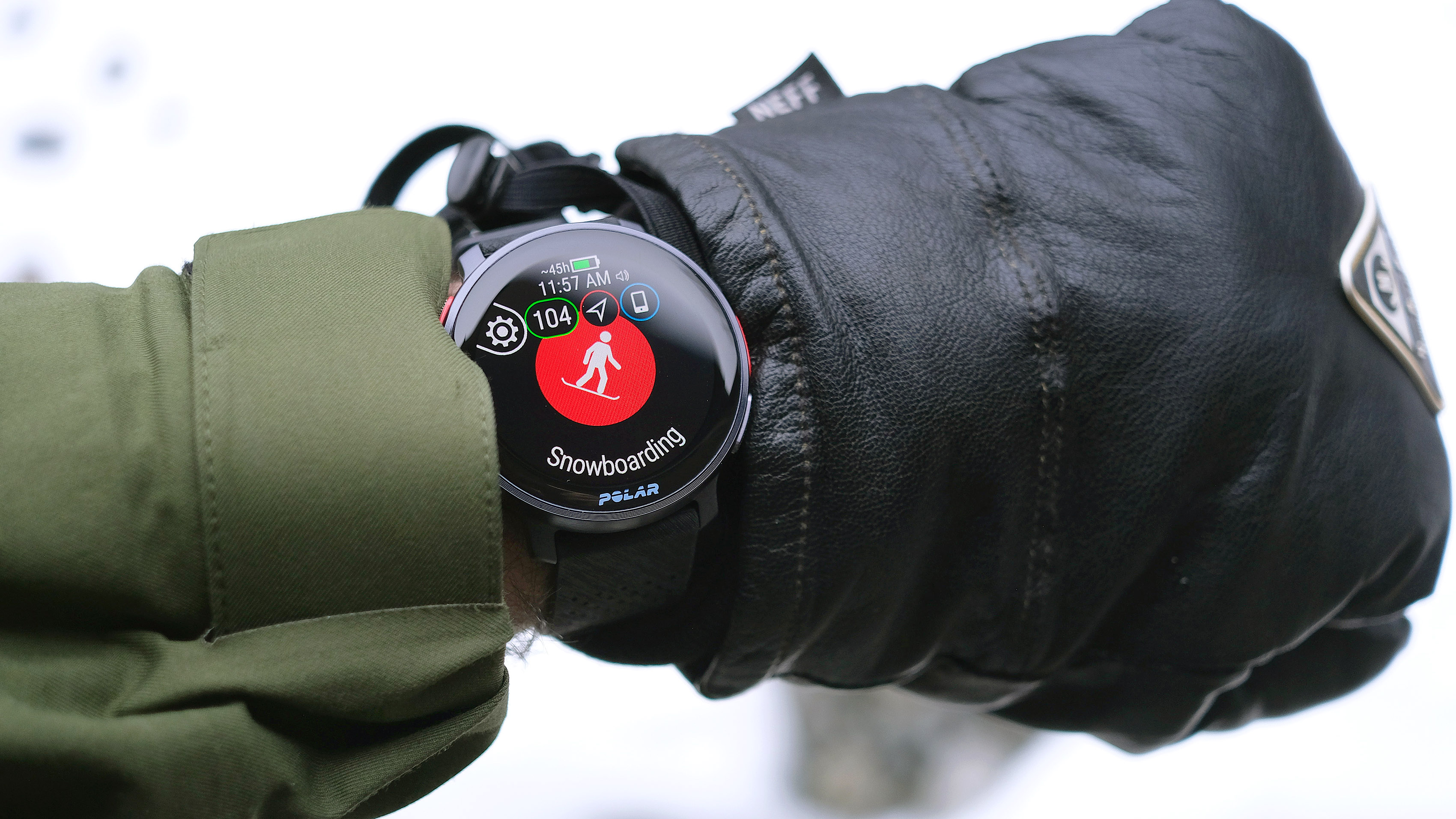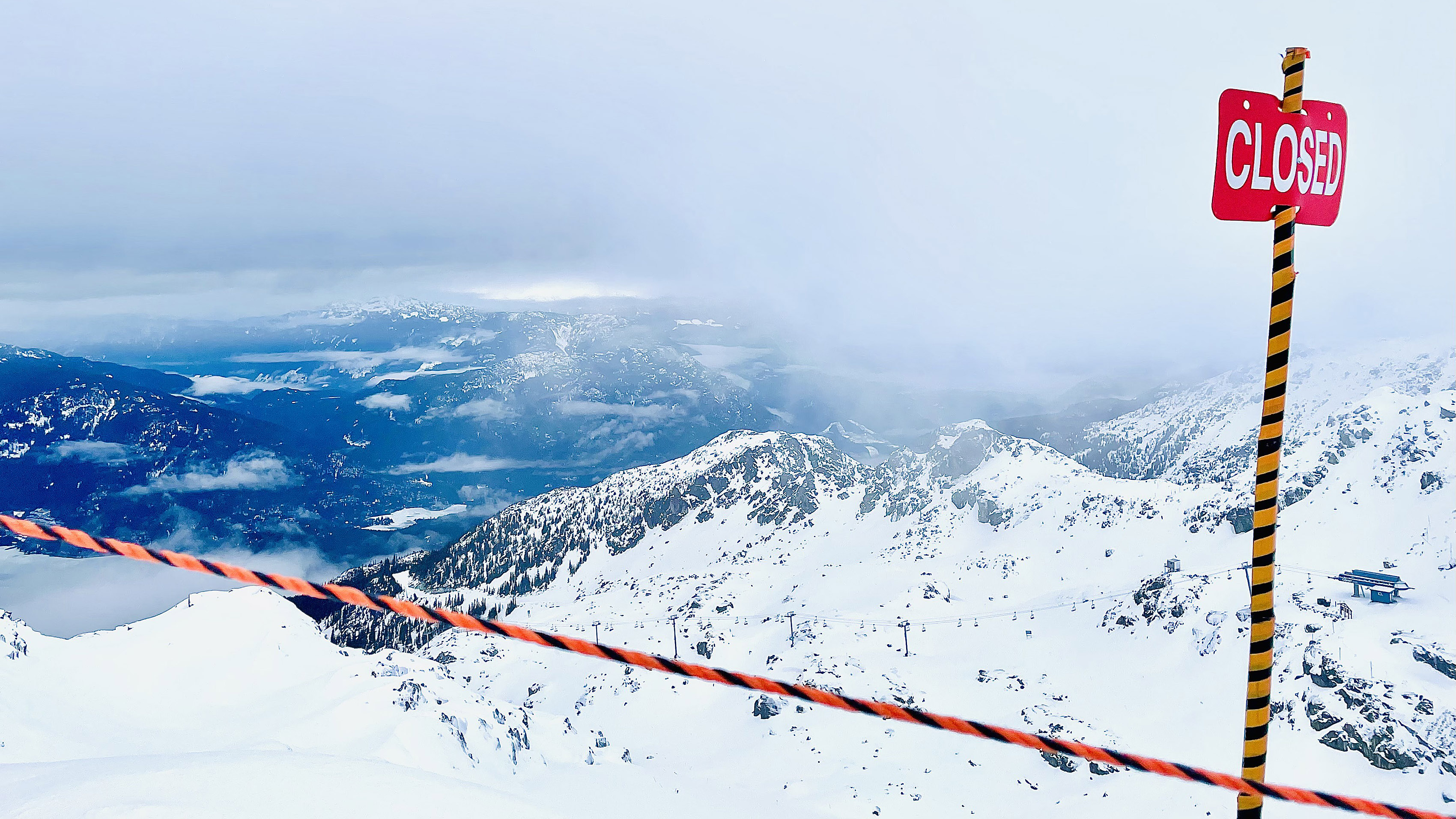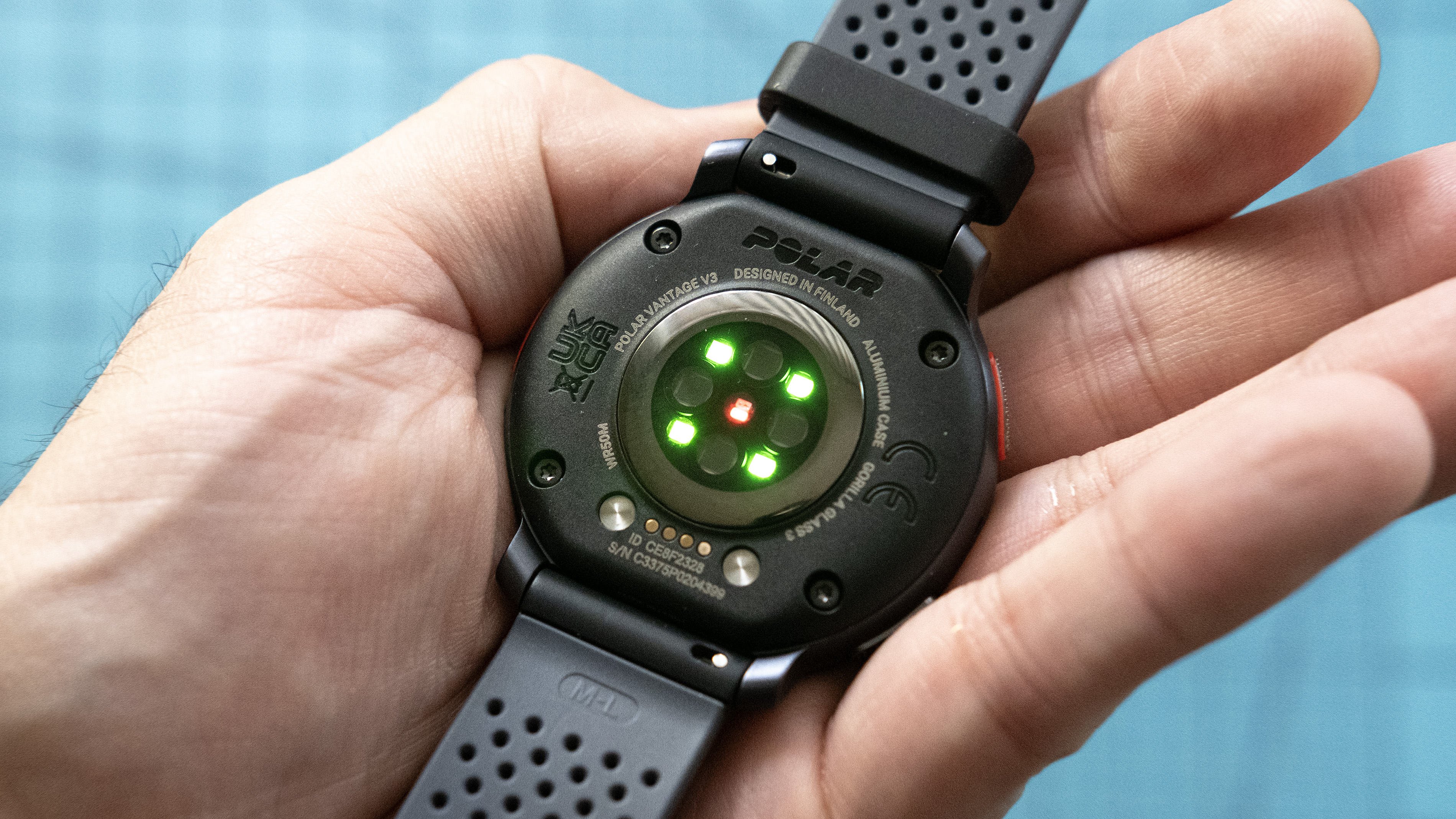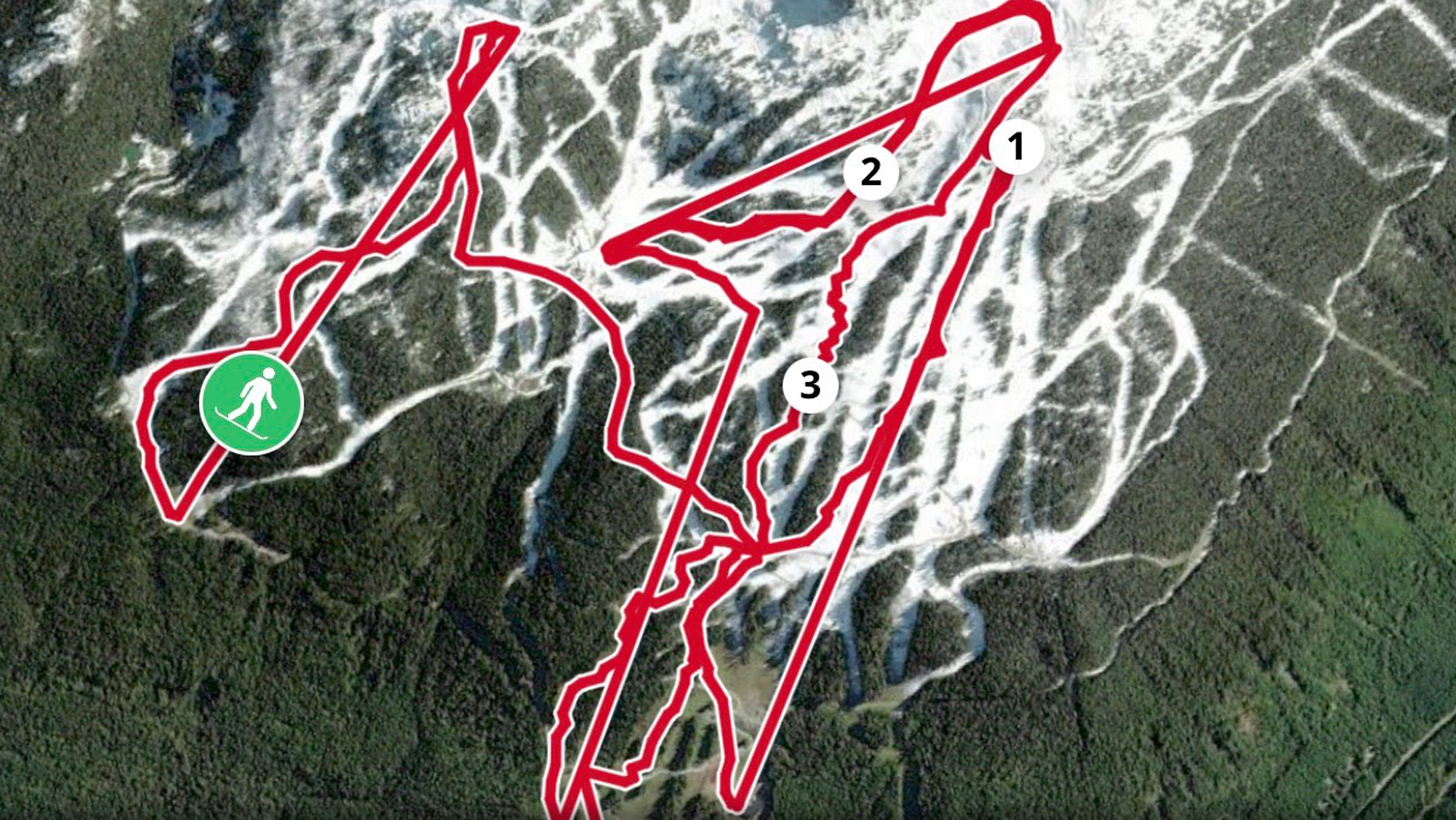
There are plenty of tech wearables with snowsports tracking modes — many of the best smartwatches boast one. But as an avid snowboarder of 20 years, one model in 2024 has particularly piqued my interest: the Polar Vantage V3.
Equipped with a dual-frequency GPS antenna and an altimeter, it promises accurate location and elevation tracking, even outside cellphone coverage areas (or when cruising without your phone).
The V3 also sports just about every wrist-based health-tracking sensor available, from SpO2 to ECG. Plus, post-ride stats and maps are detailed and easy to decipher, as are recovery metrics.
I recently tested Polar’s new flagship model while riding at Whistler Blackcomb Mountain, the largest ski resort in North America. With more than 8,000 acres of skiable terrain, a full day on the slopes can test the physical abilities of even the most seasoned riders.
And it sure tested mine: I rode 28,000 feet of vertical over two days with the Polar Vantage V3 strapped tightly to my wrist. What follows are seven features that make it a strong contender for the ultimate snowboarding (and skiing) smartwatch in 2024.

1. Seriously-impressive battery life
My biggest concern about testing the Polar Vantage V3 for hours on end in the harsh winter mountain conditions of British Columbia was battery life. With continuous heart rate and GPS tracking enabled, would it last until Après time? Yes.
With a little over four hours of nonstop riding under my belt, battery levels remained above 90% on both of the days I hit the slopes. According to Polar, you can expect up to 61 hours in any of the training modes, including snowboarding, which seems reasonable under slightly warmer/more ideal conditions.
2. "Hill Splitter" keeps data clean
To properly track a full day of mountain fun, the ultimate snowboard smartwatch must be able to decipher between time spent riding the powder and time spent riding the lift.
This task is not as simple as parsing uphill data from downhill, given many trails include portions with inclines as well as declines. Similarly, ski lifts don’t strictly run uphill. However, Snowboarding mode incorporates Polar’s well-regarded Hill Splitter feature.
This nifty tech uses GPS location, speed, and altitude readings to figure out when a rider's feet are actually on the ground and when they are hovering gracefully in the sky. It does so with impressive accuracy and even logs individual runs as “laps,” which is handy.
3. Distance, speed, and riding duration at a glance

You can individually customize the V3’s watch face for whatever activity you wish to track. By default, snowboard mode displays a user’s current speed, distance traveled, total workout time and heart rate. These stats are highly legible, even at a glance.
Other screens provide insights into elevation, calories, pace, cardinal direction and more. Simply press the upper or lower right bezel buttons to toggle through them all.
4. Bright screen for easy daylight viewing
The display is easy to see in direct sunlight with vibrant colors and crisp details.
Piggybacking on the last one, the Polar V3 sports a 1.39-inch AMOLED touchscreen with 454 x 454 pixels of resolution and a max brightness of 10,500 nits. When maxed out, the display is easy to see in direct sunlight with vibrant colors and crisp details.
5. Music control from the wrist
This may not be a groundbreaking smartwatch feature, but the ability to control music from the wrist is a must-have when it comes to the ultimate winter mountain wearable.
Paired with your smartphone, a single tap of the watch’s upper right button brings up the music control feature. Best of all, the V3 plays nicely with most music apps, like Spotify and YouTube.
6. Durable and weatherproof design
The Polar V3 construction instills confidence. No one wants to smash their fancy $600 device into a zillion pieces while catching an edge or slipping on black ice. Fortunately, the V3’s face is constructed of shatter-resistant Gorilla Glass, and the case is aluminum, so it should survive most impacts.
And while I wouldn’t take the V3 deep sea diving, 50 meters of water resistance is more than enough to survive the sloppiest spring riding. The device is also rated to operate in conditions as cold as -5 degrees Fahrenheit — you likely won’t find me hitting the slopes at those temps, but it’s nice to know my smartwatch can keep up if I do.
7. Post-ride route maps and stats

Finally, after a seriously full day of riding, it’s not always easy to remember which runs had the best conditions or were the least crowded. This is where the V3’s post-workout route maps come in handy. It’s especially useful for comparing notes with fellow riders over a couple of cold beers at the end of the day.
Polar partnered with Apple on the map feature, and users can jump between the standard Apple Maps view and the satellite one post-shred session, with colored lines denoting each run/lap taken — tap a line to check out your run-by-run stats.
Of course, the V3 also provides daily totals for miles traversed, vertical distance covered, top speed, and top heart rate.







